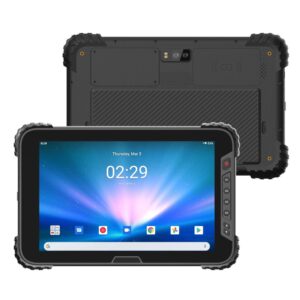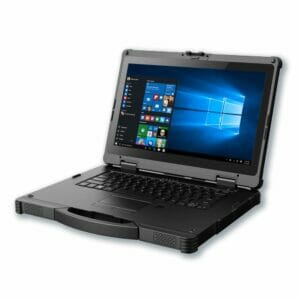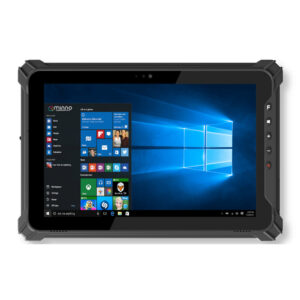In today’s hyper-connected world, internet access has become an essential part of our daily lives. Two primary technologies play important roles in enabling this connectivity: Ethernet and WiFi, each having advantages and drawbacks. This article explains the use cases for each technology and sheds light on the IEEE 802.3 standard that forms the foundation of these technologies.
Understanding WiFi:
WiFi, short for “Wireless Fidelity,” is a wireless networking technology that enables devices such as smartphones, laptops, and other digital devices to either access the internet or a Local Area Network (LAN) without the need for physical cables. It operates at radio frequencies of 2.4 GHz and 5 GHz for transmitting and receiving data.
A typical WiFi setup comprises a wireless router linked to a broadband modem. When a device seeks to establish a connection, it scans for available networks, undergoes authentication using a security protocol like WPA2 or WPA3, and forges a connection. Data packets are then exchanged wirelessly between the device and the router.
Understanding Ethernet:
Ethernet is a wired networking technology that connects computers within a LAN(Local Area Network) via Ethernet cables, typically constructed from copper or fiber optic materials. Ethernet originated in the early ’70s and has evolved into a ubiquitous networking standard.
In an Ethernet setup, computers or other connected devices are tethered by an ethernet cable to a switch or hub. Each device possesses a unique MAC address, which, along with a set of rules and conventions (a protocol stack), facilitates the exchange of data between devices on a network.
Ethernet vs. WiFi:
- Speed:
- Ethernet generally offers faster and more consistent data speeds, with the potential to reach up to 10 Gbps when using Cat6a or Cat7 cables.
- WiFi speeds may fluctuate due to interference and range limitations, with a maximum theoretical speed for WiFi 6 reaching 9.6 Gbps.
- Reliability:
- Ethernet is known for its reliability due to the stable physical connection it offers.
- WiFi is susceptible to interference both from other devices and from physical structures, which can impact its reliability.
- Security:
- Ethernet is inherently more secure against interception since it relies on physical wired connections.
- WiFi can be vulnerable to unauthorized access if not adequately secured with encryption.
- Convenience:
- Ethernet demands the presence of ports and ethernet cables, making it less convenient for mobile devices.
- WiFi offers connectivity anywhere there’s a hotspot, making it highly convenient for mobile device connectivity.
- Best Use-Cases for Each Technology:
- Ethernet is ideally suited for high-bandwidth applications such as gaming, video editing, and data centers where speed and reliability are paramount.
- WiFi is convenient for web browsing, mobile device connectivity, and scenarios where cabling is impractical or impossible.
IEEE 802 is a working group responsible for establishing standards in network communications for Local Area Networks (LANs) and Metropolitan Area Networks (MANs).
The 802.3 standard is for Ethernet and serves as the foundation for how Ethernet cables and signals operate, ensuring compatibility and performance across devices and brands. The 802.11 standard is for WiFi.
Both Ethernet and WiFi hold essential roles in our connected world. Your choice between them depends on your specific requirements for speed, reliability, and convenience. A deeper understanding of the underlying standards can offer valuable insights into how these technologies function and how to maximize their utility.

Minno stands for Mobile Innovation and Value
Minno is a privately held manufacturer of full-featured, high-performance rugged tablets (Android and Windows) and custom-designed or branded tablets for industry, education, and governments sold B2B in volume at prices well below retail brands. Minno rugged tablets are designed for high performance, durability, reliability, and versatility. Our tablets will change how your business operates and deliver value to customers by delivering productivity, efficiency, and business agility.




